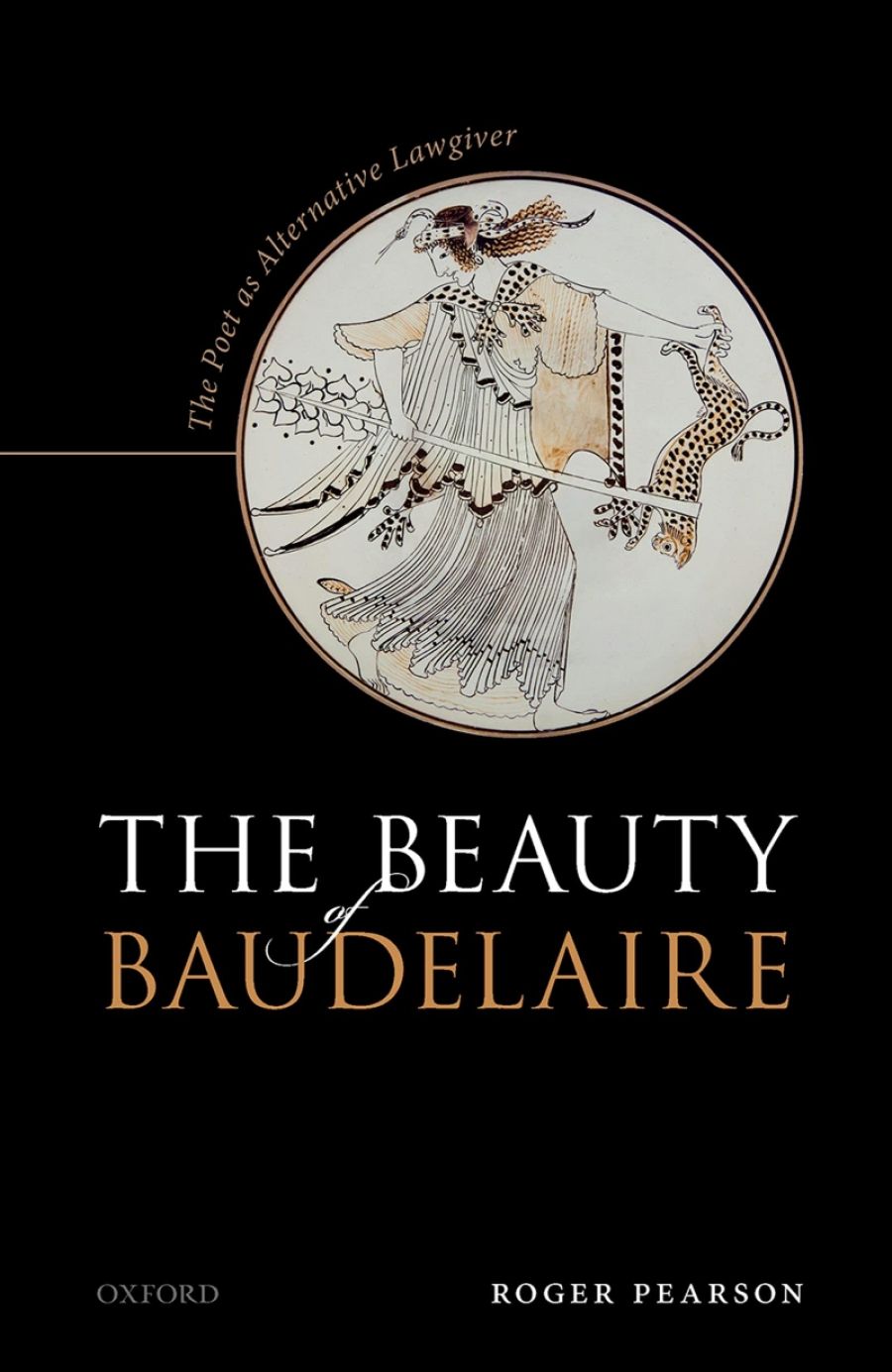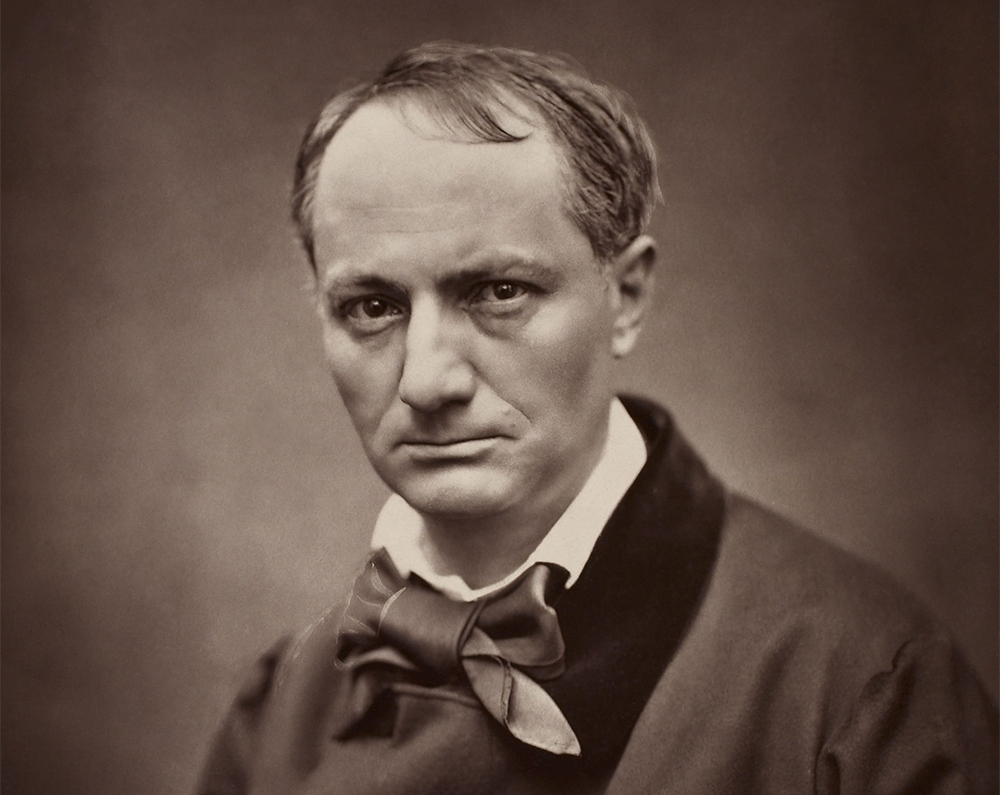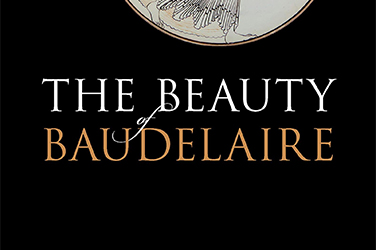
- Free Article: No
- Contents Category: Poetry
- Review Article: Yes
- Article Title: ‘On strike against society’
- Article Subtitle: Baudelaire’s immortal instinct for the beautiful
- Online Only: No
- Custom Highlight Text:
The life and work of Charles Baudelaire (1821–67) must be viewed against the historical background of the crushing failure of the Paris revolution of 1848, in which soldiers massacred three thousand workers. In the elections that followed this unsuccessful working-class uprising, which Baudelaire and his fellow artists supported, the French Romantic poet Alphonse de Lamartine received 18,000 votes, while Louis Napoleon received fifteen million.
- Article Hero Image (920px wide):

- Article Hero Image Caption: Portrait of Charles Baudelaire, <em>c</em>.1862, by Étienne Carjat (Wikimedia Commons)
- Alt Tag (Article Hero Image): Portrait of Charles Baudelaire, c.1862, by Étienne Carjat (Wikimedia Commons)
- Featured Image (400px * 250px):

- Alt Tag (Featured Image): John Hawke reviews 'The Beauty of Baudelaire: The poet as alternative lawgiver' by Roger Pearson
- Book 1 Title: The Beauty of Baudelaire
- Book 1 Subtitle: The poet as alternative lawgiver
- Book 1 Biblio: Oxford University Press, £110 hb, 669 pp
- Book 1 Readings Link: booktopia.kh4ffx.net/ORJgKG
Two apparently contradictory but in fact complementary principal literary responses emerge from this situation. The first is realism, as it was established by Gustave Flaubert in Madame Bovary, which confronts this new order directly by immersing the reader in the mundane details of a society which, as Baudelaire writes of Flaubert, is ‘brutalized and greedy, wholly repelled by fiction, adoring only material possession’. The second is a retreat into the cult-like formalistic worship of the work of art itself: ‘bohemianism’ is invented to describe an anti-social underground aristocracy without the money, for whom Théophile Gautier’s 1835 proclamation of ‘Art for Art’s Sake’ becomes the motto.
As Roger Pearson persuasively argues in this meticulous survey, Baudelaire is reducible to neither of these pathways: his work subsumes these contradictory energies in its attempt to embody an ideal Beauty, while at the same time acknowledging the impossibility of such an outdated Romanticism in the corrupted urban landscape in which he finds himself. Pearson notes that Baudelaire’s approach involves the ‘collapsing and superceding of binary distinctions in a manner that anticipates Derridean deconstruction’. The poet himself identifies and defines this ironising ‘double’ role: as he writes in The Essence of Laughter (1855), ‘the artist is an artist only on condition that he has a double personality, and is fully aware of all that results from that condition’. This stance is exemplified in the prose poem ‘The Double Room’ (1869), in which the poet is positioned between withdrawal within a wholly private aesthetic space and the intrusive temporal world of commerce and journalism.
Baudelaire dedicated The Flowers of Evil (1857) to Gautier, and his writings certainly provide evidence of his adherence to an aestheticist position. This is particularly apparent in his famous essays on Edgar Allan Poe, the archetypal ‘poète maudit’, whose resistance to ‘Progress, that great heresy of decay’ makes him ‘an admirable protest in himself’. Defining the poet as ‘an apparent paradox, who does not wish to be elbowed by the crowd and who runs to the far east when the fireworks go off in the west’, Baudelaire reinforces the role of social outcast exemplified in Stéphane Mallarmé’s later statement that the poet is ‘on strike against society’. In Shelleyan opposition to ‘the utilitarian idea’, Baudelaire extols a revivified creed of the Imagination, as ‘an almost divine faculty’ which provides access to ‘the inner and secret relations of things, the correspondences and the analogies’. The poet’s only moral responsibility, Baudelaire argues, is to the poem itself in its ‘immortal instinct for the Beautiful’: hence his archly formalist assertion that ‘poetry has no other goal than itself’.
Yet as Pearson demonstrates through attentive analysis of the opening sequence of The Flowers of Evil, in which the role of the poet is directly addressed, Baudelaire consistently undercuts and ironises this Romantic posturing. ‘To the Reader’ introduces us to a world governed by ennui, spleen, and the depressive melancholy of ‘Le Mal’ (‘ill-being’): here, the naïvely idealising optimism of the poet in ‘Benediction’, a ‘mystic child’ wandering lonely as a cloud, is entirely misplaced – in fact he is an albatross who ‘cannot walk, his wings are in the way’. Pearson provides a particularly acute reading of ‘Correspondences’, which can be interpreted as affirming the transformative powers of Imagination described in his second essay on Poe. For Pearson, the entirely conventional ‘forest of symbols’ described in the poem’s opening stanza is an empty Neoplatonic echo of ‘twee Romantic pastoral’. Baudelaire’s real interest lies in the evocation of actual resins, the ‘corrupt’ perfumes of the trees themselves, described in the poem’s conclusion. This prefigures the predominantly olfactory sensations that permeate the so-called ‘love’ poems that constitute the central section of ‘Spleen and Ideal’.
But was Baudelaire also a ‘realist’? The Flowers of Evil was subject to legal action (following the obscenity trial over Madame Bovary in 1856) because of what the judges perceived as its ‘crude realism offensive to decency’. As Pearson suggests, the ‘correspondences’ Baudelaire sought to reveal – like those of Constantin Guys, the artist whom Baudelaire praises in The Painter of Modern Life (1863) – are firmly located within his ‘particular historical and cultural moment’. In his penetrating 2015 study, An Atmospherics of the City, Ross Chambers, the Australian French Studies scholar, focused on Baudelaire’s later writings, the ‘Tableaux Parisiens’ and the prose-poems, to position the poet’s modernity within his confrontation with the disintegrative ‘noise’ of urban experience. Walter Benjamin famously placed Baudelaire at the centre of The Arcades Project (1927–40) as the emblematic figure of the alienated urban subject within modern capitalism; and he occupies a similar role in Pierre Bourdieu’s sociological study of the period, The Rules of Art (1996).
Pearson both accepts and repudiates these analyses, perhaps following Baudelaire’s own repeated image of himself as a ‘fencer’, forlornly attempting to keeping the crowd at bay. Baudelaire’s urban portraits, he suggests, represent a ‘timeless and immutable condition’, the cyclic loops of desire and disappointment that constitute the experience of ‘Le Mal’ itself, ‘more evidently metaphysical and existential than … social or political’. However, in his fascinating account of the unfinished suite of prose poems collected as Paris Spleen, Pearson explains how the appearance of these ‘poems’ in the feuilleton section of mass journals (rather like the review sections of weekend newspapers today), within and alongside journalistic ephemera and the celebration of commerce, provides a ‘distorted alternative representation of the world they mirror’. Despite Baudelaire’s statement that ‘Every newspaper is a tissue of horrors’, and despite the cardinal distinction between literature and journalism that underpins French Symbolism, these writings freely adopt and mimic the forms of short journalism, their polyphony of voices providing a forum for debate that reflects ‘the fractured multiplicity of the modern world’. The prose poem, in other words, is itself a ‘double’ space that can provide a bridge between private and public realms, and a forum for the dual perception of the poet who, as Baudelaire writes in ‘Crowds’, ‘enjoys the privilege of being able, at will, to be himself and an other’.


Comments powered by CComment